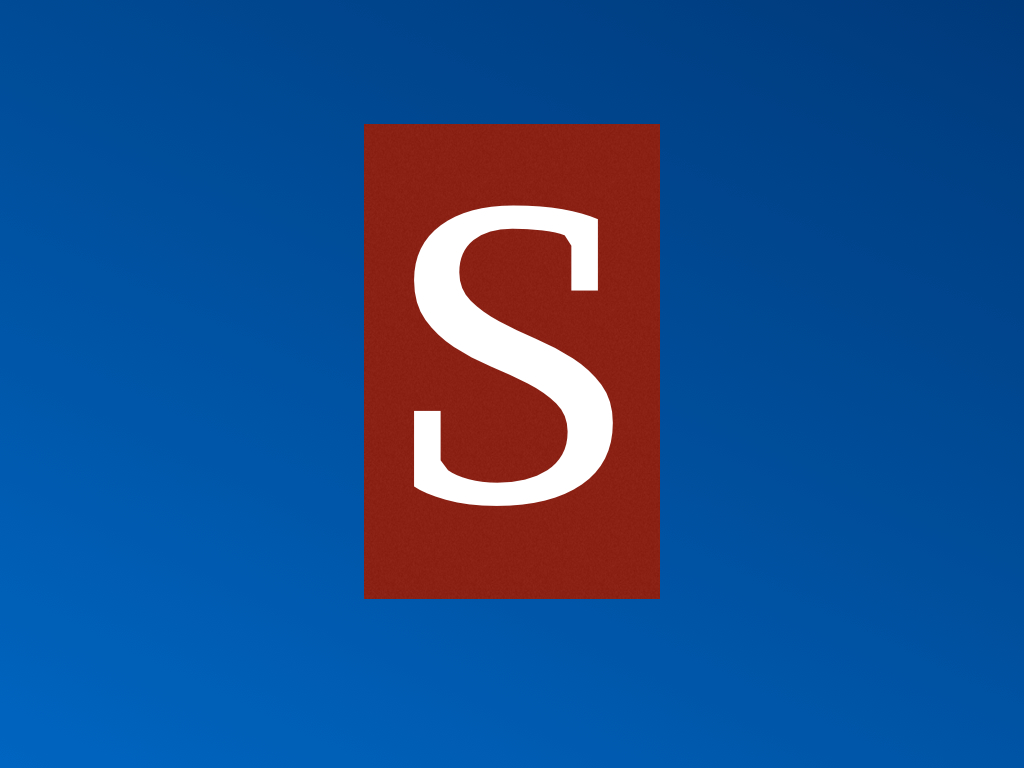Assignment 4 – Digital Stories
The topic I chose for the final assignment is Digital Stories. I’ve thought often of narratives while studying this course, initially struggling to believe that story writing could be as cognitively engaging using multimedia and web 2.0 technology as it is in conventional writing spaces. As I began to research digital stories and web 2.0 stories, I found that imagination is not necessarily always in the content of a narrative, but also in the forms in which the narrative is represented.
At its core, a story is “a representation of a series of events” (Diermyer & Blakesley, 2009). The fundamentals of oral storytelling and printed stories continue into digital storytelling, but we also find some unique characteristics of digital stories. Alexander & Levine (2008) identified that they are often personal, albeit may carry universal themes, and they are ‘open’ because the web makes them accessible to a large audience. Another characteristic of digital stories is their use of ‘microcontent’ (Alexander & Levine, 2008), often about 3 to 5 minutes in length or about 300 words (Diermyer & Blakesley, 2009). This microcontent is easily repurposed when ‘ripped’ from one network and ‘hashed’ with other content on another network to create a ‘new voice’.
Alexander & Levine (2008) claimed that digital stories use more powerful media than oral or print stories can manage. It’s one of the reasons for the popularity of digital stories in education. Students innately create stories to ‘filter’ their experience of the world (Bruner, 1985) and so they easily construct digital narratives to organise, construct and reflect on information (Pachler & Daly, 2009). Blogs, multimedia slideshows and digital movies are all examples of technologies used for student reflection in learning.
Bolter’s analysis of hypertext and hypermedia found a higher ratio of visual content to text content, leading him to consider that today’s writing space is more accurately termed a pictorial space (2001). His book was written at a time when web 1.0 was transforming to web 2.0 (i.e. hypertext to hypermedia), and visuals were acquiring dominance. Today’s stories do more than represent narrative in pictures and words. Technologies like Camtasia and iMovie enable storytellers to combine many forms of media representation, including voiceovers, graphics, stills, movies, music and other sound effects.
Unique to web 2.0 stories is their tendency to fragment voice (Bolter, 2001). We see this in social media, where a narrative begun by one publisher takes on alternative story lines through commentaries of the viewing audience who become co-publishers on the writing space. There is some concern among educational researchers that social media platforms restrict communication to ‘positivism and ‘likes’, and accordingly, do not provide room for debate which is important in education (Friesen & Lowe, 2012). However, social media is certainly enabling people to share views freely and widely.
View the movie for more on digital stories. You will see a glimpse of the ETEC540 blog within the movie as our blog space presents an example of a digital narrative.
Production details
12-minute movie combining original and creative commons content, produced in Camtasia, and exported to YouTube.

References
Alexander, B., & Levine, A. (2008). Web 2.0 storytelling: Emergence of a new genre. Educause Review. http://net.educause.edu/ir/library/pdf/ERM0865.pdf
Bolter, J.D. (2001). Writing space: Computers, hypertext, and the remediation of print (2nd Ed.). Mahwah, N.J.: Lawrence Erlbaum.
Bruner, J. (1985). Cited in Pachler, N., & Daly, C. (2009). Narrative and learning with Web 2.0 technologies: towards a research agenda. Journal of Computer Assisted Learning, 25, 6–18. doi: 10.1111/j.1365-2729.2008.00303.x
Diermyer, C., & Blakesley, C. (2009). Story-Based teaching and learning: Practices and technologies. 25th Annual Conference on Distance Teaching & Learning. University of Wisconsin-Madison. http://www.uwex.edu/disted/conference/Resource_library/proceedings/09_20210.pdf
Friesen, N., & Lowe, S. (2012). The questionable promise of social media for education: connective learning and the commercial imperative. Journal of Computer Assisted Learning, 28, 183–194. doi: 10.1111/j.1365-2729.2011.00426.x
Pachler, N., & Daly, C. (2009). Narrative and learning with Web 2.0 technologies: towards a research agenda. Journal of Computer Assisted Learning, 25, 6–18. doi: 10.1111/j.1365-2729.2008.00303.x
Feature image: produced by Janette Iorns


Thanks Janette, for your story about “digital stories” – an art of a “representation of a series of events”. You have intelligently filmed your thoughts with media integration. The term micro contents can be used for digital stories as well. Also, I like the references you have used.
thank you for your kind words Rakhshanda.
Janette,
You put together a really well done video compilation. You had my attention for the full video. From your clean articulation to the carefully selected video/images of different forms of stories, I found it very enlightening. It was nice to see out blog incorporated as a digital narrative, a great connection to keep the reader engaged!
thankyou Rebecca !